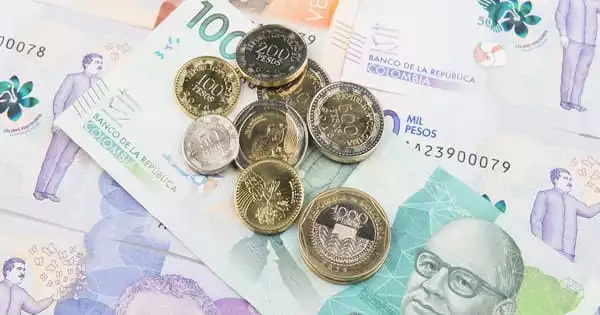A consumer price index measures changes in the price level of a weighted average market basket of consumer goods and services purchased by households. It is a measure that examines the weighted average of prices of a basket of consumer goods and services, such as transportation, food, and medical care. CPI is the most widely used measure of inflation and, by proxy, of the effectiveness of the government’s economic policy.
“Consumer Price Index is a measure that examines the weighted average of prices of a basket of consumer goods and services, such as transportation, food, and medical care.”
A CPI is a statistical estimate constructed using the prices of a sample of representative items whose prices are collected periodically. It is calculated by taking price changes for each item in the predetermined basket of goods and averaging them. Sub-indices and sub-sub-indices can be computed for different categories and sub-categories of goods and services, being combined to produce the overall index with weights reflecting their shares in the total of the consumer expenditures covered by the index. Various categories and sub-categories have been made for classifying consumption items and on the basis of consumer categories like urban or rural. Changes in the CPI are used to assess price changes associated with the cost of living. It is one of several price indices calculated by most national statistical agencies. The percentage change in this index over a period of time gives the amount of inflation over that specific period, i.e. the increase in prices of a representative basket of goods consumed. Essentially it attempts to quantify the aggregate price level in an economy and thus measure the purchasing power of a country’s unit of currency. It is one of the most important statistics for an economy and is generally based on the weighted average of the prices of commodities.

The CPI is one of the most frequently used statistics for identifying periods of inflation or deflation. The annual percentage change in a CPI is used as a measure of inflation. A CPI can be used to index (i.e. adjust for the effect of inflation) the real value of wages, salaries, and pensions; to regulate prices, and to deflate monetary magnitudes to show changes in real values. The CPI statistics cover professionals, self-employed, poor, unemployed, and retired people in the country but excludes non-metro or rural populations, farm families, armed forces, people serving in prison, and those in mental hospitals. In most countries, the CPI, along with the population census, is one of the most closely watched national economic statistics. The CPI measures the changes in the purchasing power of a country’s currency, and the price level of a basket of goods and services.
















